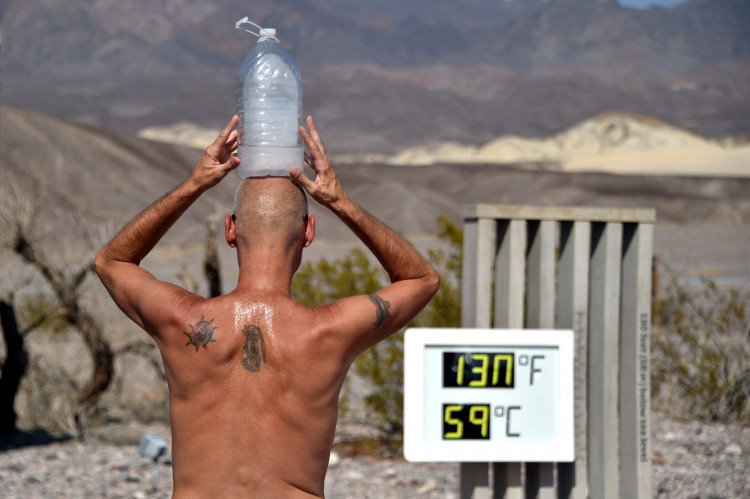An extreme heat wave sweeping the western United States will worsen and spread this week, triggering perilous conditions amid the worst drought in two decades and increasing fears of major wildfires and electrical system disruptions.
Over the following seven days, temperatures are expected to exceed 90 degrees for 200 million people, and 40 million exceeding 100 degrees.
Temperatures in some places might reach 120 degrees, and numerous states have issued heat advisories. Nevada and Arizona are forecast to see record temperatures of 125 and 128 degrees, respectively.
The drought and heat wave, according to Rupa Basu, chief of air and climate epidemiology for the California Office of Environmental Health Hazard Assessment, create a "perfect storm" for fires and poor air quality.
Temperatures are predicted to remain high overnight this week as well, a scenario that has grown increasingly common with climate change since global temperature rise is not occurring evenly.
"Heat waves are boosted by the steroids of climate change and increasingly more likely to break records," Alexander Gershunov, a research meteorologist at Scripps Institution of Oceanography at UC San Diego said.
Heat waves are also getting more humid, which is dangerous since hot, saturated air makes it difficult for individuals to cool down. According to Gershunov, increased humidity is also expected to generate more thunderstorms, increasing the likelihood of lightning strikes that start fires.
Lower nighttime temperatures, which typically give respite from hot days, are vanishing, resulting in a hazardous mix of high daytime and high nighttime temperatures that do not allow individuals to cool down at night.
High temperatures in places that rely on air conditioning might cause grid outages and risk those who are unable to flee the heat.
Grid operators in Texas and California have urged residents to reduce their power consumption to avert blackouts this week.
Global warming has also caused a decades-long megadrought in the Southwest U.S., resulting in decreasing snowfall levels, lake and river levels and groundwater availability.






